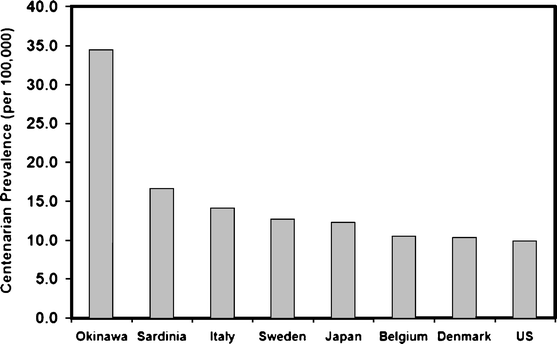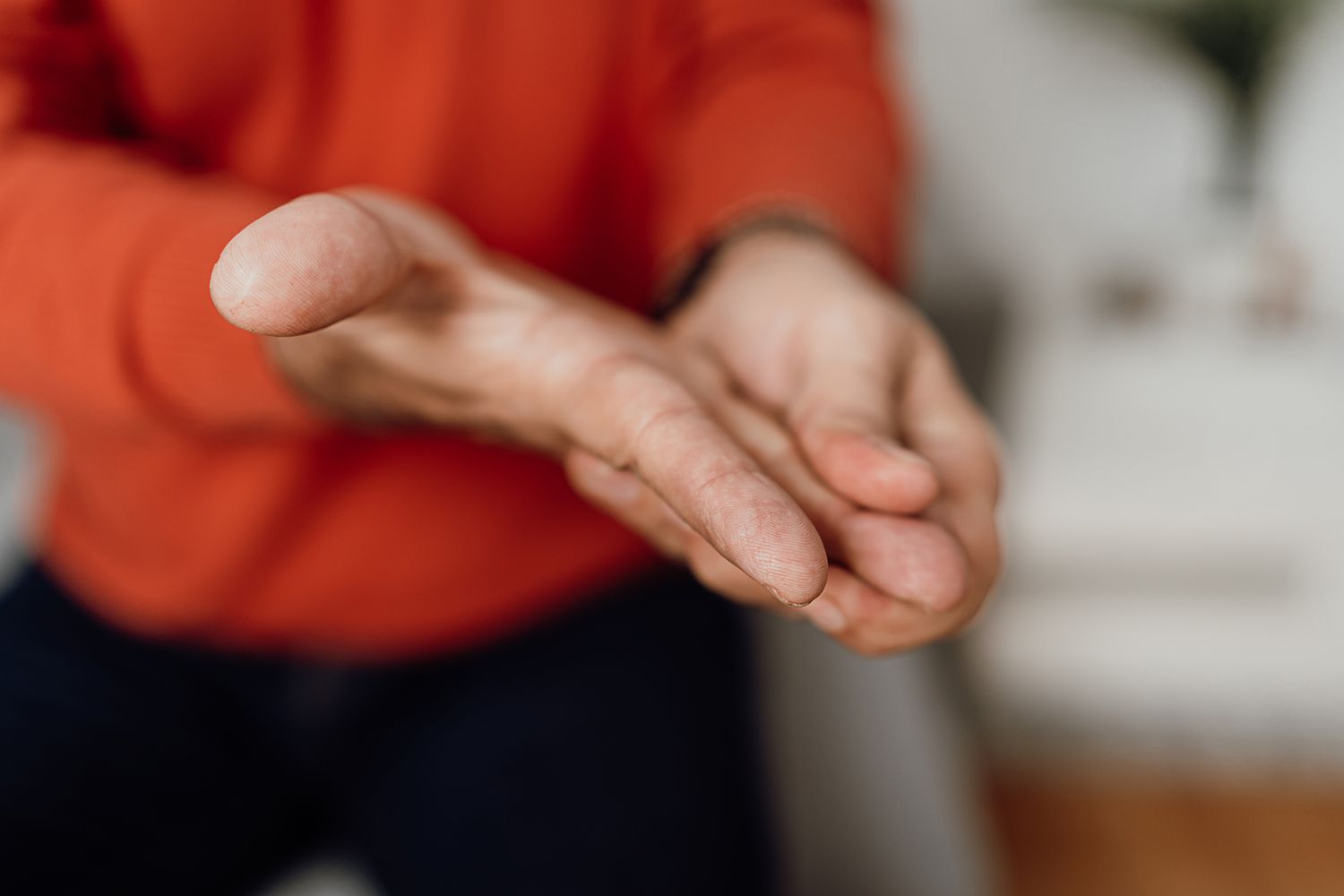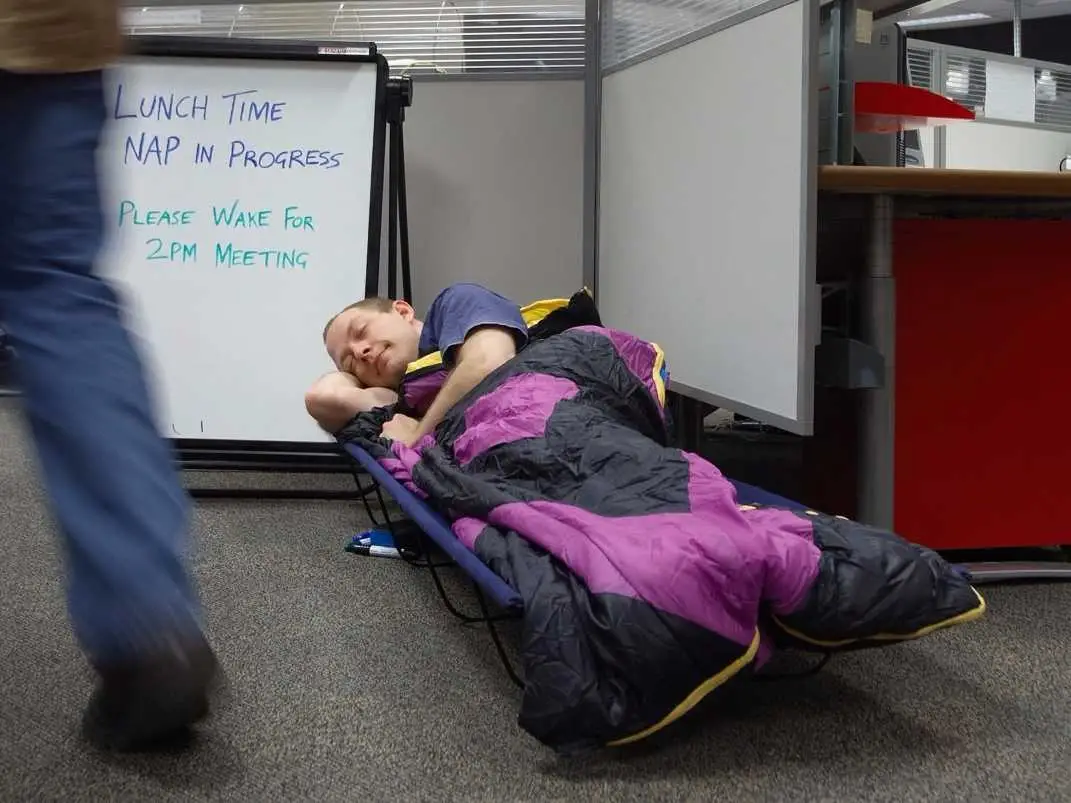
Hara Hachi Bu: Eat to 80 Percent Full
Most of us stop eating when we feel completely full. Hara Hachi Bu, an Okinawan habit, asks you to stop around 80 percent satisfied. The goal is comfort, not restriction. This small shift lowers accidental overeating and steadies energy after meals. Research on the traditional Okinawan pattern of modest, nutrient dense eating helps explain its link with healthy aging (Willcox et al. 2007).
Why this habit matters
When you slow down and serve a little less, your brain has time to catch up with your stomach. A slower eating rate tends to reduce how much we consume at a meal, while larger default portions predictably drive higher intake, often without people noticing (Robinson et al. 2014; Hollands et al. 2015). Over weeks and months, these mechanics can lower total daily calories without strict rules.
The short guide
If you tend to overeat at dinner
Front load vegetables and protein. Take 15 to 20 minutes to finish. Stop at comfortably satisfied instead of stuffed. A slower eating rate is linked with lower energy intake at meals.
If afternoon energy crashes are your issue
Aim for steady, moderate portions rather than very large and fast meals. Downsizing served portions can lower daily energy intake and help curb late day grazing.
If you are building mindful eating skills
Remove screen distractions and use a simple fullness scale from zero to ten. Stop around seven to eight. Attentive eating strategies help people tune into hunger and satiety and can aid weight control
If longevity inspires you
Think light, plant forward, and not quite full. Decades long patterns of modest intake are part of the Okinawan healthspan story

Why Hara Hachi Bu works
Satiety timing
Fullness signals lag by minutes. Slowing the eating rate gives these signals time to register, which is associated with lower intake at the meal itself
Portion optics
What is on the plate shapes what lands in your stomach. Larger portions, packages, and tableware increase consumption. Trimming the default portion helps you eat less without feeling deprived
Metabolic ease
Cutting oversized portions across the day reduces total energy intake, which many people experience as fewer post meal slumps and less late night snacking
Culture and consistency
Okinawan research points to modest, nutrient dense intake practiced consistently over years, not quick fixes, as a contributor to exceptional healthspan.
How to find your 80 percent point
- Pick one goal
Choose one outcome to track for a week, such as fewer crashes, less bloating, or steadier weight. - Set your defaults
Serve about 20 percent less than usual, and add a salad or broth first. Portion size interventions reduce intake in real life settings - Pace it
Aim for 15 to 20 minutes per meal. Set the utensil down between bites. A slower pace supports lower meal intake without extra hunger (Forde et al. 2021). - Use a simple scale
Zero is empty and ten is stuffed. Stop at seven to eight. Wait two minutes. If you are still hungry, add a small top up. - Log and adjust
Note energy, digestion, and cravings. Keep what helps and drop what does not.

Practical tips
Plates and props
Use a slightly smaller plate or bowl. If you want seconds, pre plate a small portion rather than eating from the pot.
Protein and fiber first
Start with legumes, lean proteins, vegetables, or yogurt. These foods boost satiety early and make 80 percent easier to hit.
Texture and tempo
Crunchier, higher texture foods naturally slow eating and can reduce intake by reducing eating rate.
Attention beats autopilot
Eat without screens. Mid meal, briefly recall what you have eaten. This attentional nudge helps curb mindless bites.
Common pitfalls
- Finishing a meal in under ten minutes makes overshooting likely. Build in pauses and choose higher texture foods to slow down if needed (Forde et al. 2021).
- Even nutritious foods can exceed needs if the portion is oversized. The portion effect still applies
- Counting only and never feeling can backfire. Pair numbers with internal cues by stopping around 80 percent and noticing comfort rather than fullness.
When to seek care
If you have persistent reflux, unintentional weight loss, binge eating symptoms, diabetes that requires medication timing, or gastrointestinal disorders, speak with a clinician or registered dietitian. Hara Hachi Bu is a helpful default, but medical conditions may call for tailored nutrition.
The takeaway
Hara Hachi Bu turns physiology into a daily cue. Eat a bit slower, serve a bit less, and stop at comfortable. The evidence that slower eating and smaller default portions reduce intake is strong, and the Okinawan pattern suggests that modest, nutrient dense eating supports healthy aging
References
Forde CG, et al. 2021. Food texture trumps processing in regulating energy intake via eating rate. American Journal of Clinical Nutrition.
Hollands GJ, Shemilt I, Marteau TM, et al. 2015. Portion, package or tableware size for changing selection and consumption. Cochrane Database of Systematic Reviews.
Robinson E, Almiron Roig E, Rutters F, et al. 2014. Eating rate and energy intake. American Journal of Clinical Nutrition.
Robinson E, Aveyard P, Daley A, et al. 2013. Eating attentively. American Journal of Clinical Nutrition.
Robinson E, Haynes A, Hardman CA, et al. 2022. Downsizing food and daily energy intake. British Journal of Nutrition.
Willcox BJ, Willcox DC, Todoriki H, et al. 2007. Caloric restriction, the traditional Okinawan diet, and healthy aging. Annals of the New York Academy of Sciences.



















